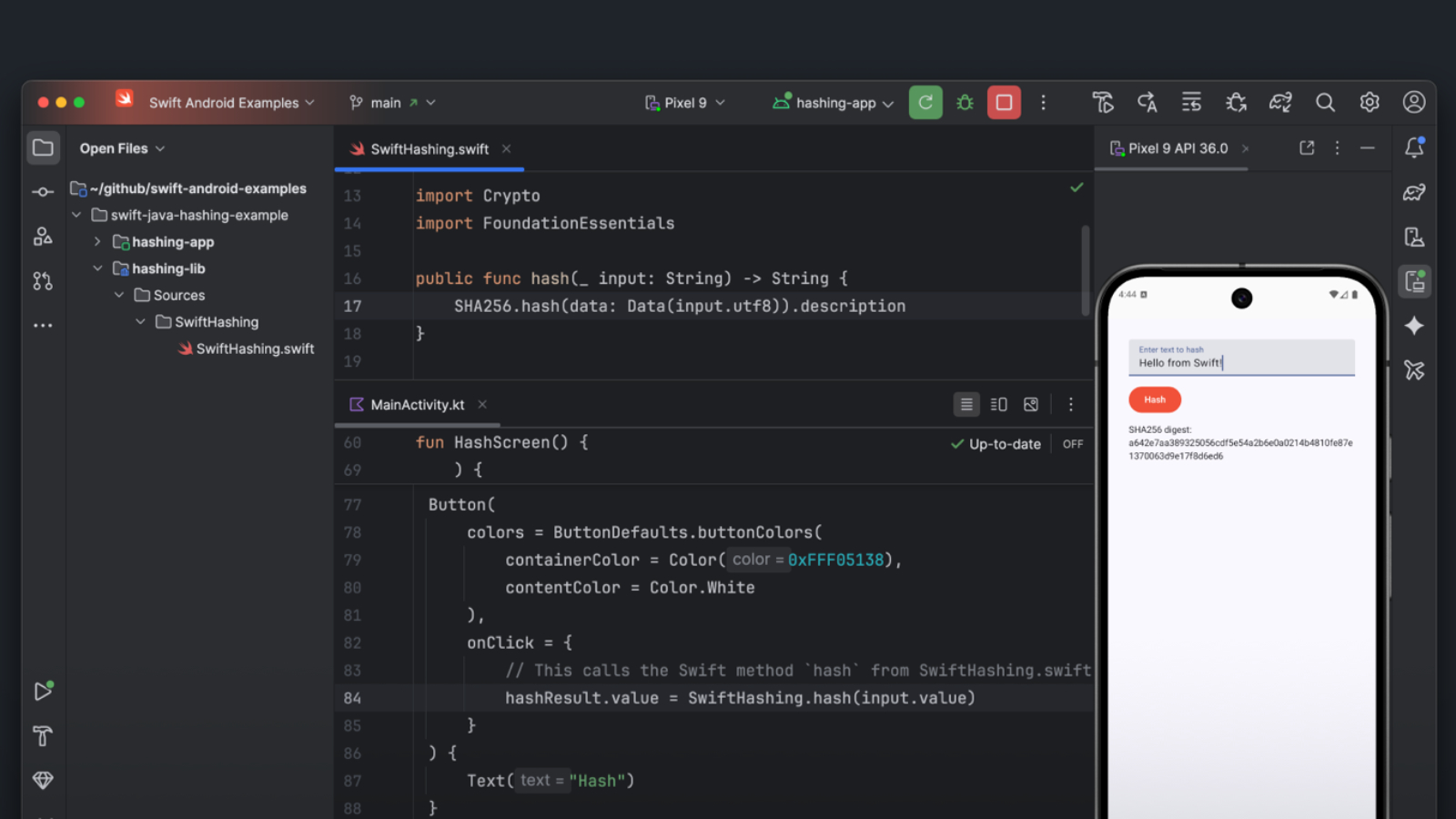Apple Developer Tools for Java > XCode. ( document archive)
Describes what you need to take into account when developing and deploying a Java application on OS X.
developer.apple.com
The support faded over time. Over time Apple has become increasingly focused on moving folks from Objective-C ( and C derivatives ) to more broader usages of Swift . Xcode also shifted toward cranking out iOS apps where Java was pragmatically banned .
Oracle acquiring Java and starting to muck with the license didn’t help either.
Netbeans started off as a “clone” of Delphi written in Java.
Netbeans runs on Java , so bootstrapping the IDE on Mac OS X wasn’t a big a deal as Apple baking their own branch of Java ( wanted the GUI integration “ just tright” ). A decent amount of Java development is backend , server side stuff so a choke point through Apple just slows that down a bit for new versions.
Google AI overview for ‘ historical apple development porting java to mac os x’
“…
Apple's relationship with Java on macOS (originally Mac OS X) has a rich and complex history, marked by periods of close integration, independent development, and eventual transition of responsibility.
Early Integration and Apple's Commitment:
- Mac OS Runtime for Java (MRJ):
In January 1997, Apple launched the MRJ, demonstrating an early commitment to Java.
- Mac OS X and First-Class Support:
With the introduction of Mac OS X, Apple initially treated Java as a first-class language. This included shipping Java with the OS, providing libraries to integrate with OS X, and offering support within their Xcode IDE. Apple even had a Java application server platform called WebObjects.
- Apple's Own Build:
For a significant period, Apple maintained its own internal build of Java, allowing for security audits, custom patches, and deep integration with the OS.
Challenges and Transition of Responsibility:
- Declining Integration:
Over time, the tight integration of Java with OS X and the use of Apple's specific Java APIs diminished. The promised benefits of Java for desktop application development, particularly regarding native look and feel and performance, did not fully materialize as anticipated.
- Maintenance Burden:
Maintaining a separate, custom build of Java became increasingly challenging for Apple, especially as Oracle (which acquired Sun Microsystems, the creators of Java) made internal changes to Java that required refactoring of Apple's code.
- Security Concerns:
Java's history of security vulnerabilities, which prompted some experts to advise users to only enable Java on an as-needed basis, also played a role in Apple's reevaluation.
- Oracle Takes Over:
In 2010, Apple announced it would no longer be responsible for developing and maintaining Java on macOS. Oracle subsequently took over the development of the Mac JDK as part of OpenJDK …“
Also ..
“ Apple previously maintained its own build of Java for macOS, but this practice largely ceased with macOS 10.7 Lion. Apple no longer includes Java as a pre-installed component of macOS, nor does it provide its own updates for Java. “
So IDE that bootstrapped on top of Java had to adjust to whatever features Apple added. And Oracle porting to macOS is not a corporate core competency.
Apple adopted Java early . They just did it in an Apple fashion ( which is quirky from the outside ). If writing Java to primarily deploy off platform , then those quirks are not a feature.
As Java became more of a corporate software development platform ( not focused on Mac OS ) , Apple increasingly lost interest.




